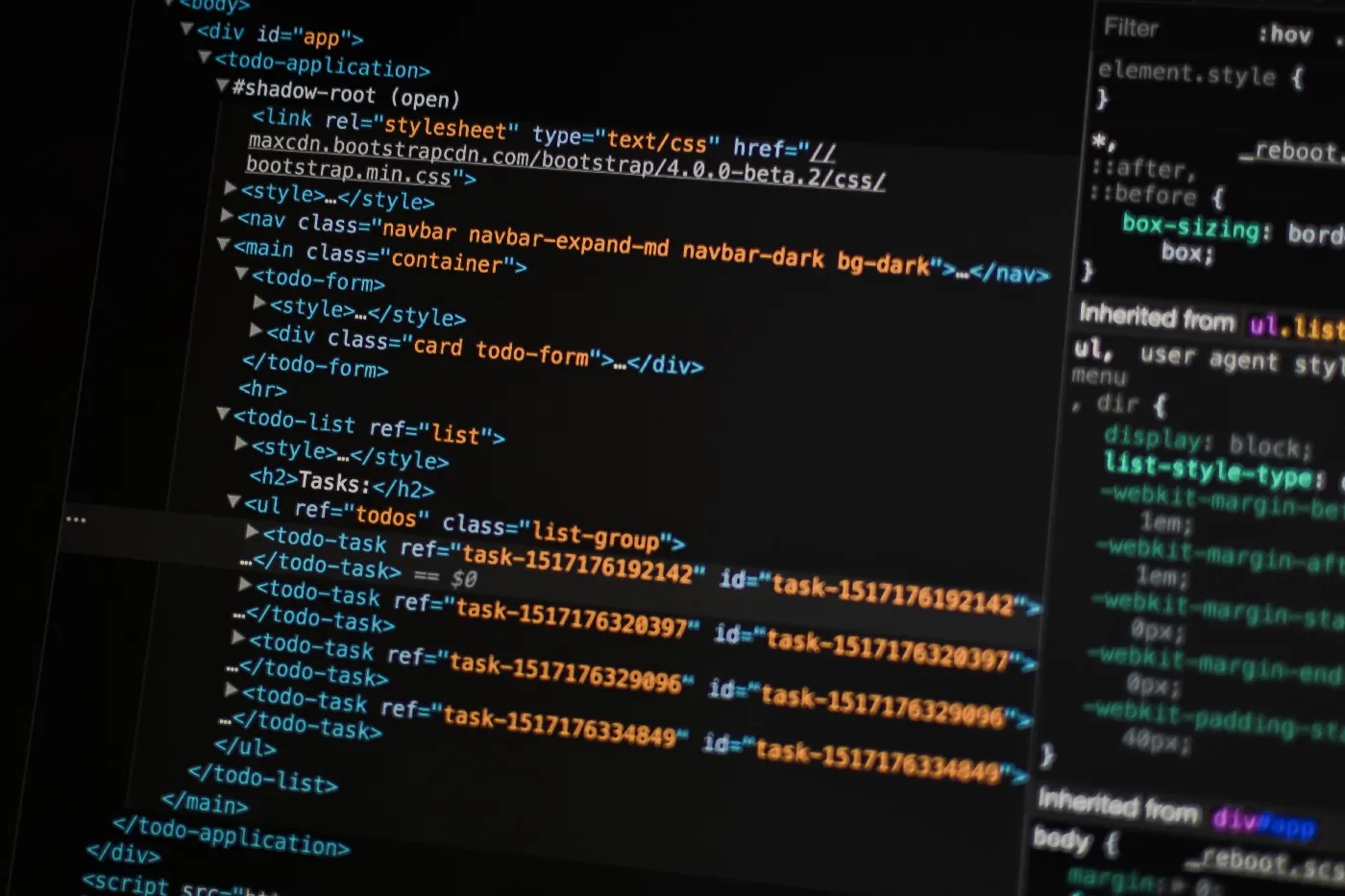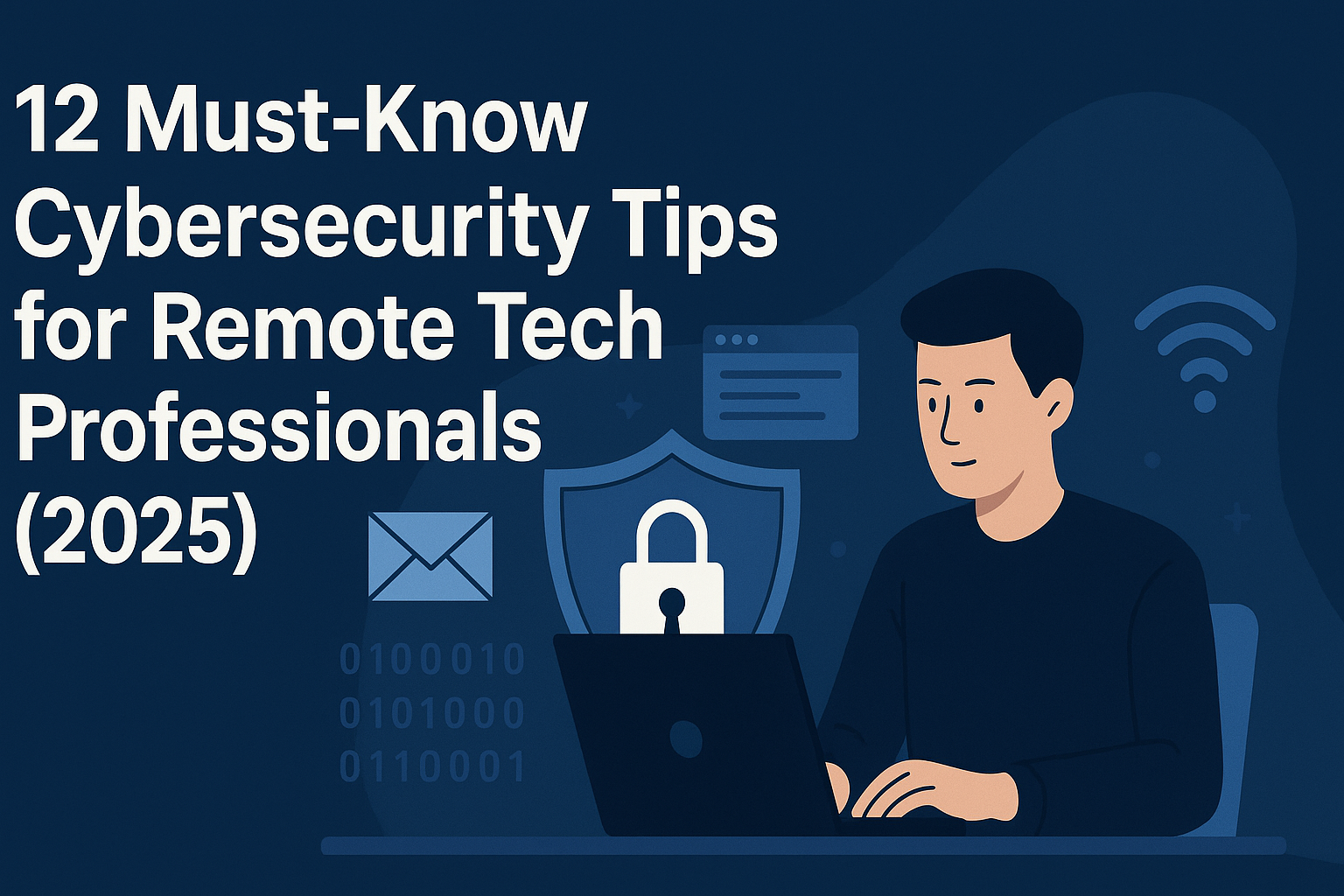In a world where attention spans are shrinking faster than a loading bar on 5G, it's easy to overlook the power of small interactions. You know - the tiny, seemingly insignificant moments in a user journey. A confirmation email. A hover animation. The way your chatbot says "hi." We're often so busy building features that we forget how much impact these micro-moments can have.
But here's the secret: small interactions aren't small at all. They're the unsung heroes of user experience, the quiet brand-builders that shape how users feel about your product. If you're only focused on the big, flashy stuff - launches, campaigns, UI overhauls - you might miss the best opportunities to connect with people.
Why Micro-Interactions Matter More Than You Think
Let's start with what a micro-interaction actually is. It's any brief interaction communicating a single piece of information or guiding a user subtly: clicking a "like" button, seeing a loading spinner, or receiving an email with a personal touch. These are moments of delight, clarity, and humanity. They reduce friction, set expectations, and, most importantly - show your users that you care.
Here's the thing: your users notice the details. The way your error message is phrased. The tone of your onboarding emails. The way your app responds when something goes wrong. Each moment builds trust - or erodes it.
Think Beyond the Interface
Let's zoom out. Micro-interactions aren't just UI animations or feedback cues; they're also how you communicate across all channels. Your email signature, for example, might seem like a tiny, forgettable element - but for many users, it's a daily point of contact.
That's why using a well-designed email signature business owner template is now a key tactic for building trust and strengthening relationships. Including your name, title, company logo, and a clear call to action can transform every message into a subtle but impactful branding opportunity.
The Email Signature You Never Knew You Needed
Speaking of overlooked details, when did you last update your Gmail signature? Or even made one?
Too many professionals still send emails with nothing more than their name and a phone number if we're lucky. But in a world where every interaction counts, your sign-off deserves more. With a Gmail email signature, you can easily create a clean, consistent, and on-brand sign-off in just minutes. Think of it as your digital handshake. Your emails go out every day - why not make each one a micro-branding moment?
Small detail. Big payoff.
AI-Powered Touchpoints: NoForm's Approach
Micro-interactions are also evolving thanks to AI. Tools like https://noform.ai/ are changing how we think about lead capture and user engagement. Instead of shoving clunky forms in users' faces, NoForm creates fluid, conversational entry points that feel... well, human. It's a prime example of how smart, low-friction interaction design can lead to higher conversion rates without sacrificing user experience.
NoForm turns your "get in touch" CTA into a guided, personalized chat. There are no awkward dropdowns. No endless fields. Just one small, frictionless moment that can lead to a sale, a signup, or a relationship.
The Magic is in the Margins
Let's look at a few more examples of how small interactions make a big impact:
- LinkedIn messages that don't sound like a sales pitch immediately build rapport.
- Push notifications that are personalized and time-sensitive feel helpful, not annoying.
- Tooltips that offer real value keep users in the flow instead of frustrating them.
- Empty states that educate instead of saying "nothing here yet" can kickstart engagement.
Individually, these are tiny choices. Collectively, they tell a user everything about your product's tone, values, and usability.
The Human Element
Behind every tap, scroll, and click is a person. That's easy to forget when you're buried in KPIs and sprint planning. But the brands that win in today's market aren't necessarily the ones with the most features - they're the ones that feel the most human.
Humans don't remember every step in an onboarding flow. They remember how your app made them feel. Did it respect their time? Did it surprise them with a small delight? Did it fix a problem without drama?
That's the power of micro-interactions. When done right, they build emotional equity. You may never get a testimonial saying, "Wow, their loading animation was charming," but you will see users returning, referring friends, and trusting your brand more.
How to Audit Your User TouchpointsStart small if you're ready to rethink how you connect with your users. Here's a quick micro-interaction audit checklist:
- Email signatures - Are they branded, helpful, and mobile-friendly?
- Forms - Are they simple, human, or better yet, replaced by tools like NoForm?
- Error messages - Are they empathetic and actionable?
- Empty states - Are they guiding users or leaving them stranded?
- Hover/click effects - Do they make your UI feel alive or outdated?
- Confirmation emails - Do they reinforce the brand voice and build trust?
Final Thoughts: Sweat the Small Stuff
What is the difference between a good product and a great one? It's often just a series of thoughtful, small decisions that show users you've thought of everything - even the parts they didn't know they cared about.
So yes, obsess over the big picture. But remember: the little things - your email signature, your form experience, that one hover animation leave a lasting impression.
Small interactions. Big impact. Always.







